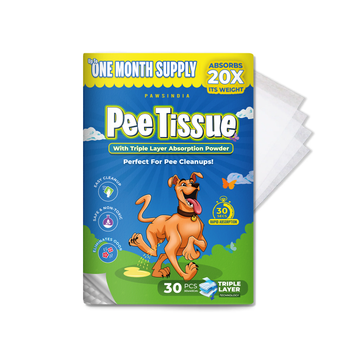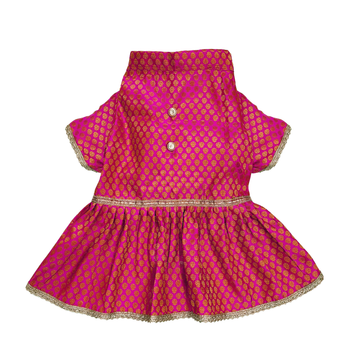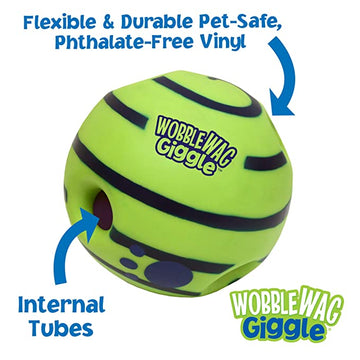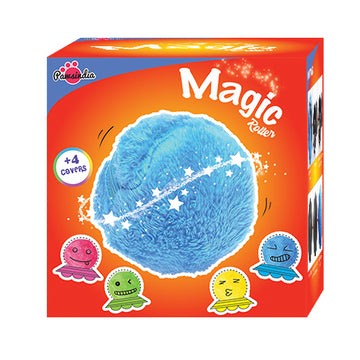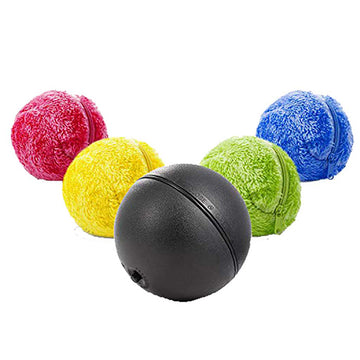SHIBA INU
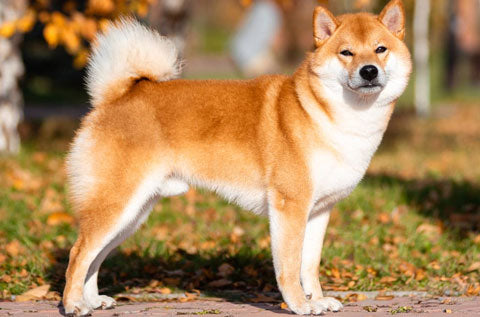
SHIBA INU
| BreedHighlighs: |
|
The Shiba Inu is a breed of hunting dog from Japan. A small-to-medium breed, it is the smallest of the six original and distinct spitz breeds of dog native to Japan. A small, alert, and agile dog that copes very well with mountainous terrain and hiking trails, the Shiba Inu was originally bred for hunting.
|
| Weight: |
| 6.8 – 11 kg |
| Height: |
| 33 – 43 cm |
| Life Expectancy: |
| 12 – 15 years |
| Litter Size: |
| 3 puppies |
| Breed Appearance: |
|
The Shiba Inu is a breed of hunting dog from Japan. A small-to-medium breed, it is the smallest of the six original and distinct spitz breeds of dog native to Japan. A small, alert, and agile dog that copes very well with mountainous terrain and hiking trails, the Shiba Inu was originally bred for hunting. It's not difficult to differentiate between a male and female Shiba Inu, as they have distinct physical and emotional qualities. For starters, males stand up to 16.5 inches tall and weigh about 23 pounds. Females are smaller, standing around 13.5 inches tall and weighing 17 pounds. A male Shiba will have a broader face, while the female has softer facial features. No matter the gender, the Shiba Inu is built like a hunter-quick and agile, with a confident stance. Their perky, triangular ears and fluffy curlicue tail give them the look of a forest animal from a storybook. |
| History: |
| The Shiba Inu is an ancient Japanese breed that has been around since 300 B.C. They are the smallest of Japan's national dogs, called the "Nihon-ken," that consist of six treasured Japanese breeds: the Akita Inu, Hokkaido Inu, Kai Ken, Kishu Ken, Shikoku Ken, and Shiba Inu. According to the National Shiba Club of America, these small dogs were originally used to hunt small game and birds, though sometimes they would hunt wild boar. Their name supposedly comes from the reddish brushwood bushes in which they hunted: Shiba means "brushwood" and Inu means "dog." During World War II, the number of Shibas declined. The ones who survived the bombing raids in the war caught distemper, a serious disease that can be lethal if untreated. Thankfully, breeding programs were established and the Shiba Inu grew to be Japan's No. 1 companion dog, and the 44th most popular dog in the U.S. |
| Originally: |
| The Shiba Inu dog breed was originally bred to flush birds, small game and was occasionally used to hunt wild boar. They’re one of Japan’s six native breeds: Akita (large), Kishu, Hokkaido, Kai, Shikoku (medium), and Shiba (small). |
| Currently Used As: |
| Shibas are known for their spirited personality, small upright ears, and cat-like agility. Today they serve primarily as companion dogs in Japan and the United States. |
| Training: |
| The one thing every Shiba owner must know is that a Shiba can never, ever be considered reliable off lead unless in a confined area. No amount of obedience training will ever change that. Letting a Shiba off lead or any dog, for that matter is playing Russian roulette with its life. An open door, an unlocked gate, a moment of inattentiveness, and the Shiba may be gone forever. On the positive side, a Shiba is practically born housebroken. By 4 weeks of age, the puppy is trying to get as far away from his sleeping area as possible to eliminate. By 5 weeks the puppy will hold it all night and wait until taken outside to go. Controlling the bladder takes a little longer and depends a lot on immediate access to the outdoors and the diligence of the owner. |
| Health&Care: |
| Shiba Inus have a life expectancy of 12-15 years, and it's generally a healthy, happy ride. This breed is known for dramatics and may talk, scream, or throw a bit of a temper tantrum if things don't go their way. All jokes aside, a responsible owner must be diligent in preventing certain health issues for their Shiba. Obesity and dental disease are big risks for Shibas, so proper nutrition and dental hygiene are a must. Their genetic problems can include hip dysplasia, patellar luxation, and allergies. Owners should closely monitor any symptoms of these conditions and alert their veterinarian if they notice anything out of the ordinary. Before bringing home a Shiba Inu puppy, make sure the breeder conducts the tests recommended by the OFA to ensure you get a healthy dog. With their thick double coats, Shibas are big shedders. Their heaviest periods of shedding are in the spring and fall, but they lose fur year-round and will need to be brushed regularly if the owner wants to save their furniture. You can also use a blow dryer to check for fleas and remove loose hair, dirt, and dandruff. Shibas are notoriously less-than-happy about nail-trimming, so unless they have an experienced owner, they may need to see a professional to keep their nails short and neat. A Shiba needs a moderate amount of exercise before he can calm down. They make great hiking companions, thanks to their history as hunters (and their natural winter coat). Of course, they'll need to be leash trained before they can consistently go for walks. Shibas typically house-train quickly and are perceptive to learning commands, but may need obedience classes-such as puppy kindergarten-to fully grasp good manners. |
| Living Condition: |
| Shiba Inus might be a small dog breed, but they need a fenced-in yard with space to roam-emphasis on the fence. They have a strong dislike for being restrained, and if there isn't a limit to where they can explore, they will wander off. They've also been described as escape artists, so a Shiba should always have a collar with tags and shouldn't be left to his own devices outdoors for a long period of time. Shibas can also tend to dart after smaller animals in an effort to protect their turf. They have a high prey drive and love to chase, thanks to their hunting roots. Because of this, a Shiba should always be leashed outside the house. As with all dogs, Shibas need to be socialized at a young age so they're used to being around other animals. They can get along well with cats and other dogs if introduced during puppyhood, but might not want to share their food and toys if they don't meet their furry siblings until they are adults. |
| Excersie: |
| Most Shibas are fairly energetic and love to go for walks. They are not so hyper that they will climb the walls if they don't get daily exercise, but a Shiba owner should be dedicated to exercising the dog, especially if the dog doesn't have an adequate yard in which to exercise himself. In general, Shibas are not massively destructive if left alone once they reach maturity, but some can suffer separation anxiety and should be able to spend periods of time created even when the owners are home and at night. Crating guarantees a home will remain intact. |
| Grooming: |
| Shibas shed a lot. It has been said that they shed twice a year, but some owners quip that it lasts for six months at a time. Unless a Shiba is a "long coat," the coat does not mat, so infrequent brushing doesn't hurt the dog, but brushing or combing during periods of heavy shedding will reduce the amount of hair around the house. Blowing the dog with a strong blow-dryer or a shop vacuum in reverse is a good way to remove loose hair, dirt, and dandruff and to check for fleas. Most dogs learn to like the blower, as it feels good and doesn't scrape the skin or pull the coat. Don't let it get too hot, though. Shibas often object to nail trimming. Start a puppy early, but if it becomes a major struggle, let a professional do it. |
| Pros: |
|
- Their Natural Beauty - Their Loyalty - Their Health - Their Intelligence - Their Fastidious Nature |
| Cons: |
|
- Their Aloofness - Their Stubbornness - Their Tantrums - Their Shedding - Their Risk of Running Away |

